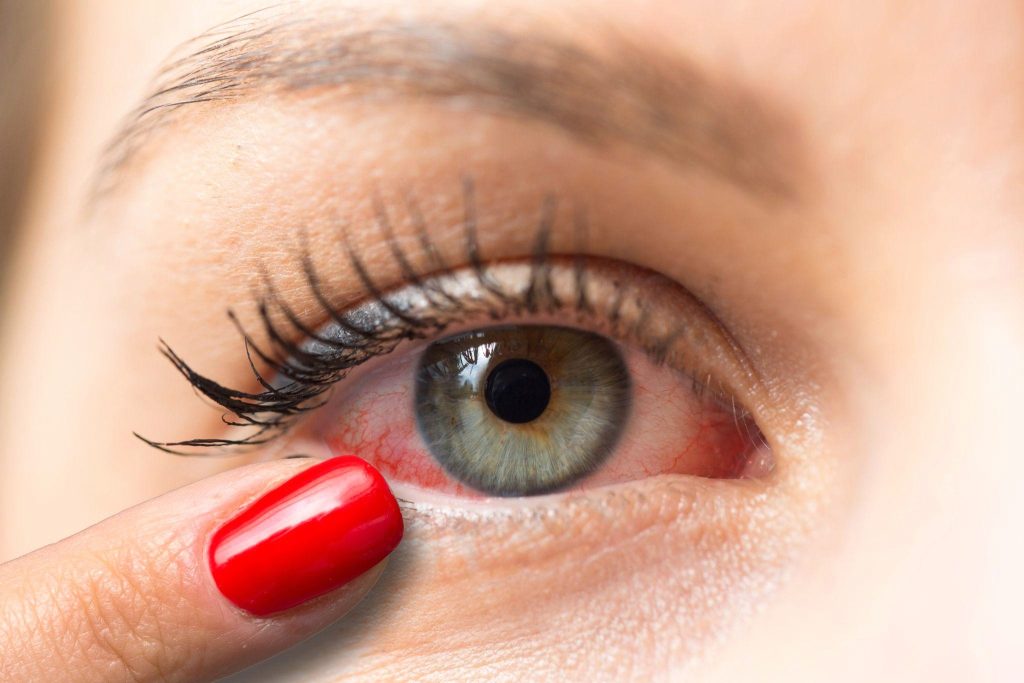Common causes of sudden vision loss and treatment
Have you seen the recent statistics that approximately 7 million people in the United States lose sight each year? It’s an alarming condition. Imagine waking up one morning with no eyesight all around the darkness. It is a painful situation for anyone because no one wants to live in darkness, and unexpected eyesight loss is traumatic because no one is ready for this situation.
But this is the startling reality that sudden vision loss can be thrust upon someone at any time due to different factors. According to CDC reports, vision loss is very common in adults. Many factors lead to sudden vision loss without you noticing, like injury, medical conditions, environmental issues, or any trauma. Are you interested to know the factors involved in sudden vision loss? Keep reading this article.
This article will help you to know about sudden vision loss types, factors of vision loss, and treatment options.
Types of vision loss
Vision loss means the inability to see things properly. There are different kinds of vision loss:
- Central vision loss
In this type, there is difficulty in seeing things properly in the center of vision.
- Peripheral vision loss
In this type, you are unable to see things out of the corner of the eyes.
- General vision loss
When a person becomes unable to see anything at all.
- Night blindness
In this kind of blindness, the person can’t see things at night or low light.
- Blurry vision
When you are unable to focus and feel zoned out.
8 Common causes of sudden vision loss
Sudden vision loss happens so abruptly within seconds, minutes, or 1, or 2 days. Here are some factors that lead to sudden loss, such as:
- Migraine
People with migraines face visual symptoms called migraine aura. Almost 25-30 percent of people with migraine show visual aura symptoms.

In this, you can either see zig-zag lines or sparkles and spots.
These visual symptoms can cause headaches, too. These symptoms are for 10-30 minutes.
Management of migraines is painkillers and avoiding light by staying in a dark room.
- Keratitis
Inflammation of the cornea is known as keratitis. This most commonly affects people who use contact lenses. In this condition, people lose vision instantly for shorter or longer periods.
It can also occur due to any infection or trauma to the eyes. Additionally, other symptoms can be light sensitivity, pain, irritation, etc.
- Diabetic Retinopathy
It is a condition causing visual loss and blindness in people with diabetes. It affects the blood vessels of the retina. Anyone having diabetes can have this disease, so regular blood glucose level monitoring and eye examination are recommended. The chance of developing diabetic Retinopathy depends upon the duration of uncontrolled diabetes. In most of the cases, blindness due to diabetes can be preventable. Treatment may involve medicine, surgery, and laser. Lifestyle modifications such as good diet, exercise, and control of one’s glucose levels are recommended.
- Conjunctivitis
Most of the time, sudden bliness occurs in conjunctivitis. Infection or inflammation of conjunctiva is known as conjunctivitis. The eye appears pink; therefore, it is also known as pink eye. It leads to blurriness, redness, pain, and difficulty seeing.
- Eye strain
If the screen time of a person is high, then there are more chances of vision loss. Things start appearing blurry.

This is not permanent and can be reversed by reducing screen time and giving rest to the eyes.
You can get relief from eye strains if you follow the 20-20-20 rule. In this, you look away from the screen for 20 minutes, at 20 feet away.
- Corneal abrasion
Eye injury can lead to sudden vision loss. The vision loss depends on the severity of the injury. Depending on the severity, the injury can be temporary or permanent.
- Glaucoma
Glaucoma is a group of eye diseases that damages the optic nerve located at the back of one eye.
Symptoms of glaucoma occur gradually. It can occur in one or both eyes. Without treatment, it can also lead to blindness.
Glaucoma has different kinds of treatments, including medicines like eye drops, lasers, or even surgery.
- Red eyes
The Red-Eye condition causes sudden eye loss. In this condition surface of the eye is covered with blood vessels that expand when irritated or infected, so our eyes become red in sich cases. It can also occur due to lack of sleep or allergies. Red eyes can be symptoms of conjunctivitis or sun damage. You must visit a doctor if it occurs.

How to diagnose?
If a person experiences sudden vision loss, it should be considered a medical and ophthalmic emergency and treated accordingly. For diagnosis, a doctor may perform an eye examination; sometimes, a neurological examination can be done to check the eyes and brain.
Treatment for sudden vision loss
Sudden vision loss is not an ordinary problem; take it as an emergency and treat it quickly.
Here are some treatment options:
- Detached or torn retina
For this, you will need to do emergency surgical repair so that irreversible damage doesn’t occur.
- Stroke
In stroke, if treatment isn’t done, then death of brain cells occurs. So, immediate treatment is required.
- Transient ischemic attack
Symptoms resolve within 24 hours if not treated, but it can be a sign of stroke. In this case, blood thinners are given.
- Wet macular degeneration
You can improve your vision by injecting some medications into patients’ eyes. Laser treatment can slow down the rate of progression of disease but can’t restore the vision.
- Angle-closure glaucoma
To reduce fluid in your eyes, you will need different types of medication like topical or oral pressure-lowering drugs. Iridotomy is needed in some cases.
- Endophthalmitis
In this, you inject antibiotics or antifungals into the eyes. To decrease the swelling, steroids can also work.
Final words
If you are going through sudden vision loss, visit a doctor for diagnosis and cause of vision loss and do immediate treatment.

